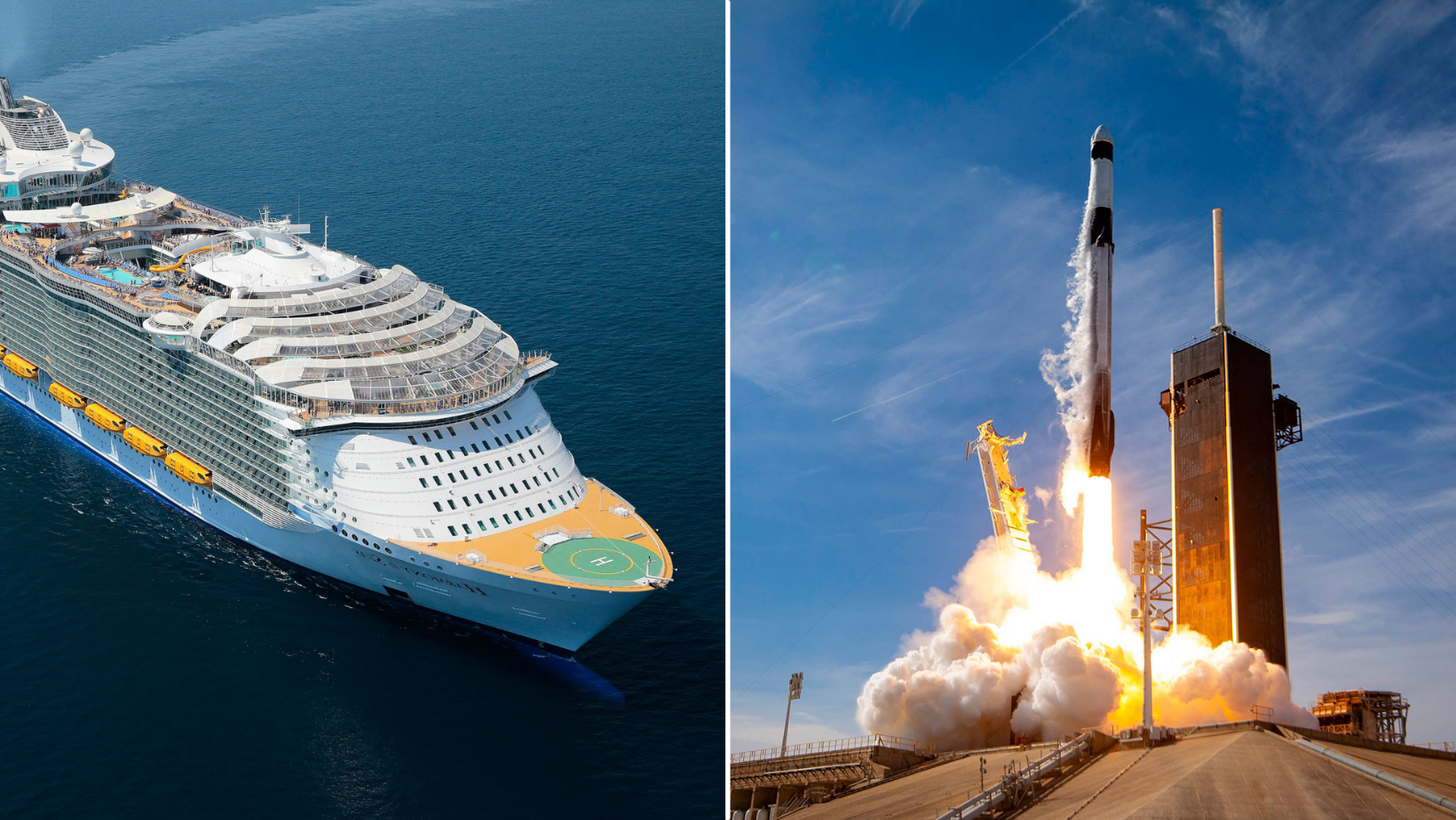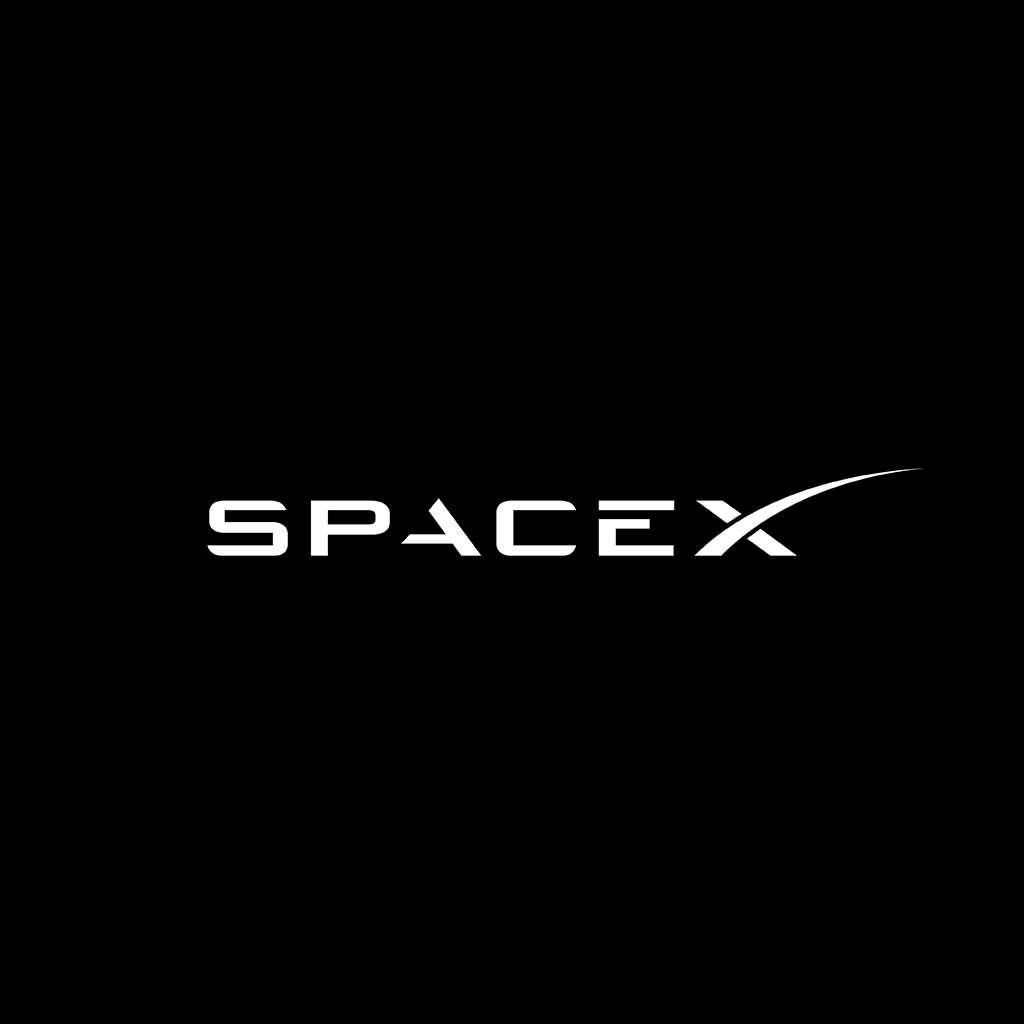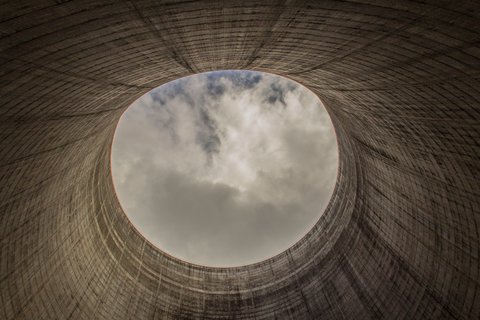A student may have found our first magnetar.

 phys.org
phys.org

Mysterious energy source unlike anything astronomers have seen before
A team mapping radio waves in the universe has discovered something unusual that releases a giant burst of energy three times an hour, and it's unlike anything astronomers have seen before.
- 4



















